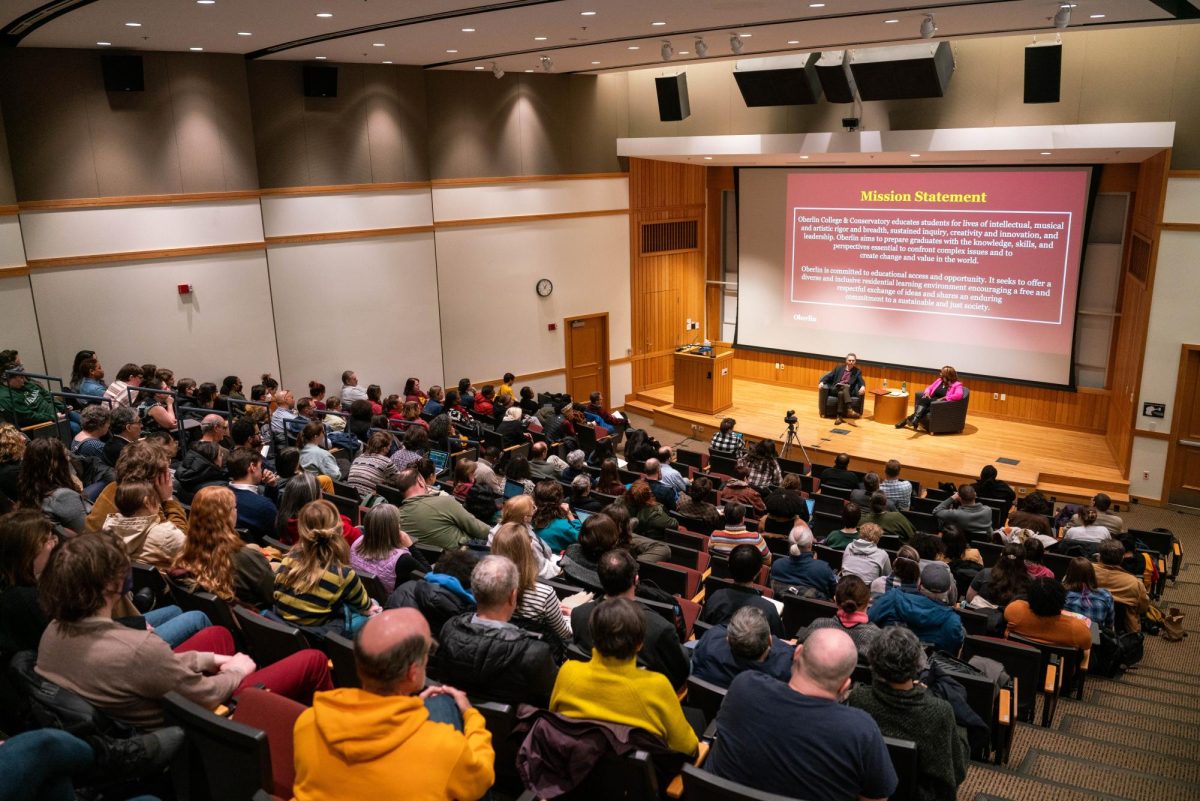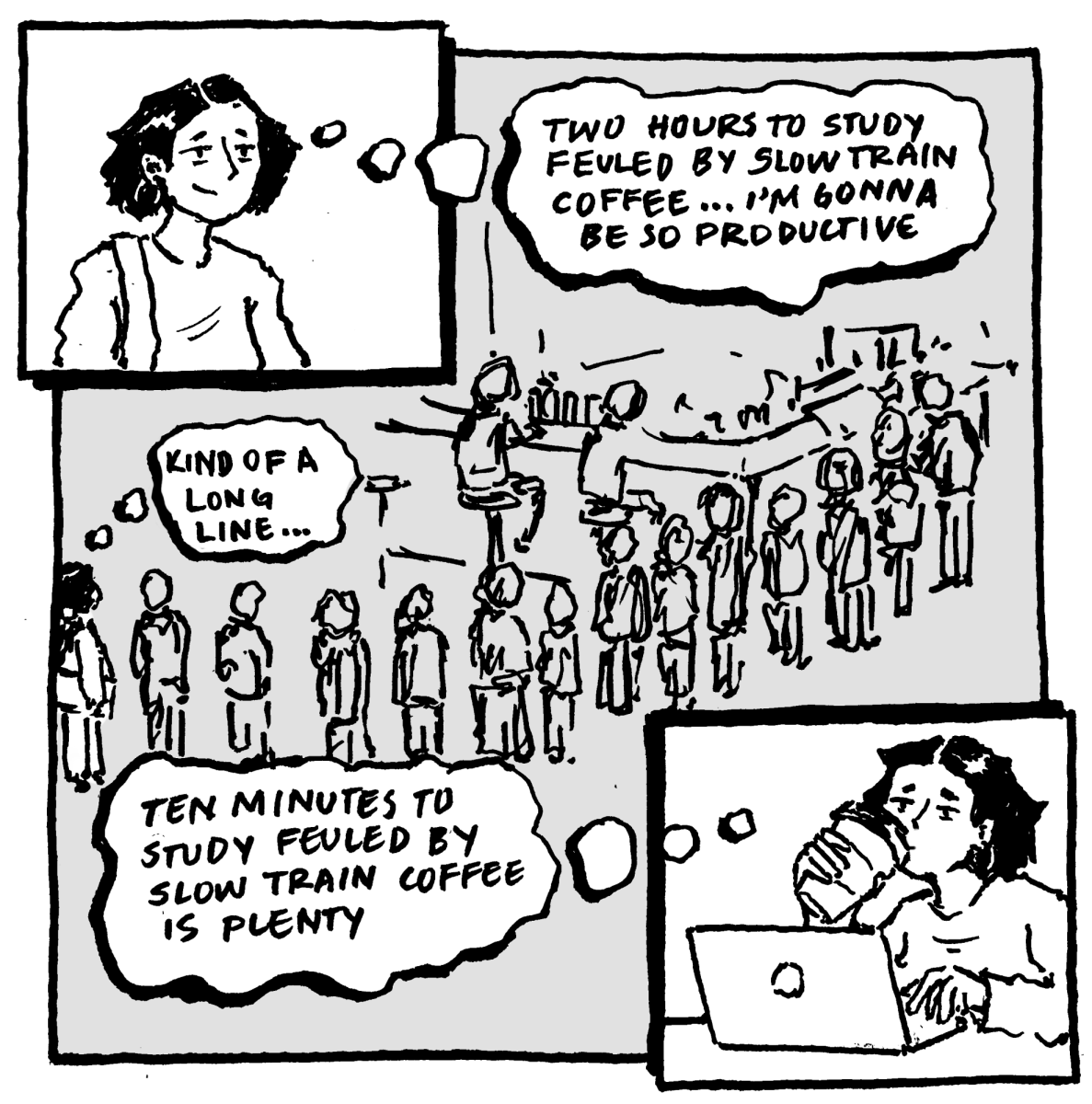Soup Kitchens Feel the Pinch as Layoffs Continue
February 28, 2009
As unemployment increases, Lorain Country residents are further tightening their belts by turning to food pantries and soup kitchens. But these organizations are also suffering from decreased resources all around.
On Saturday, Feb. 21, College junior Sydney Harris, the coordinator of the Hunger and Homelessness Campaign for the Ohio Public Research Institute Group in Oberlin, led OPIRG volunteers serving at the hot meals program hosted by Grace Lutheran Church.
“Poverty and hunger are a much bigger issue in Oberlin than most of us care to admit,” said Harris.
According to the Ohio Department of Job and Family Services, 14.2 percent of Lorain County’s residents relied on food stamps in 2007. Nationwide, over 10 percent of Americans receive food stamps.
Grace Church does not fund the food kitchen, so members of its small congregation volunteer their own resources. Responsibility for running the soup kitchen rotates between families — every month, a different family (sometimes two) are in charge.
The atmosphere at the event is fairly low-key, friendly and informal.
“It’s important to remember that when you volunteer somewhere like the soup kitchen at Grace Church, you are not only providing a meal to someone that needs it, but you are providing much-needed conversations,” said Harris.
Abnormally high levels of poverty have plagued Lorain County, and job losses and under-employment have exacerbated the need for food aid.
According to the most recent data, the unemployment rate in Lorain County is 7.9 percent, whereas the national unemployment rate is 7.6 percent.
The number of people who eat at the hot meals program has remained steady, and the same individuals typically attend meals at the soup kitchen — ranging from eight to 20 each time, most of whom are single adults.
Grassroots organizations that run programs to cushion the effects of growing hunger are frustrated by practical constraints on food banks. Deeper structural problems, such as poverty and government policy limitations, also impede addressing hunger.
“Raising poverty guidelines would help [food aid] reach more people,” said Kathryn Burns, the client services coordinator at Oberlin Community Services.
OCS operates a daily food pantry and runs a large-scale food distribution once a month in Oberlin and surrounding townships. Its most recent distribution provided food to 110 families. They predict the number of families being served will rise during 2009.
While OCS has responded to growing food needs of local residents, many food banks in the area have neither the manpower nor the resources to serve residents consistently.
Federal and state aid programs often provide minimum coverage to those in need. Food expenses consume much of an individual’s unemployment assistance. OCS also serves a large number of families who are underemployed; they cannot make ends meet on their wages but do not qualify for state assistance.
“You don’t have to live below the poverty line to have trouble making ends meet and providing food for a family — especially with food prices rising the way they are today,” said Harris.
Furthermore, Burns contends that expanded food stamp funding in the stimulus law, officially known as the American Recovery and Reinvestment Act, will not be enough to alleviate hunger.
Harris, however, believes that any structural inadequacies of policies meant to address hunger serves as no excuse for inaction.
“American [sic] students are overwhelmingly apathetic, and, in my opinion, complaining that there are insurmountable obstacles in the way of progress is simply fuel for that apathy,” said Harris.






















